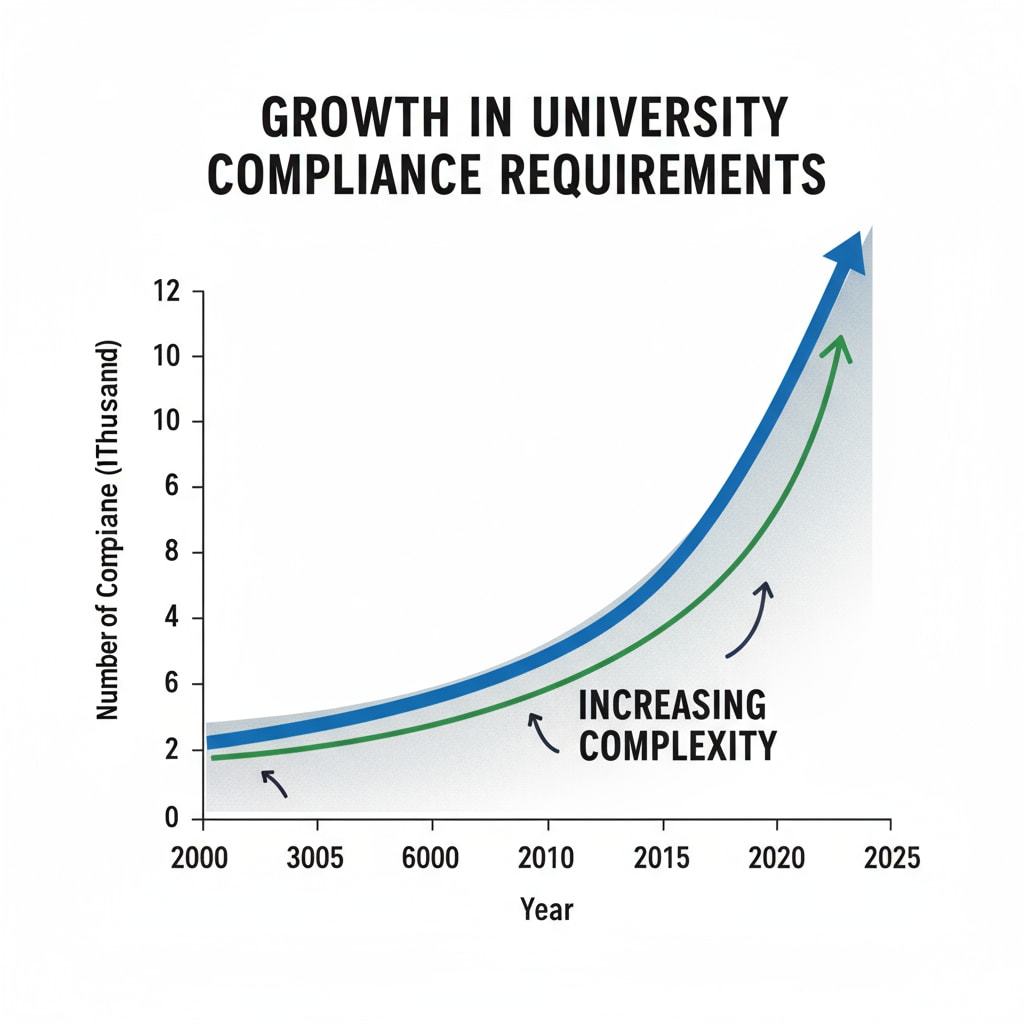Compliance reporting, Title IX, and university management are integral aspects of the higher education landscape. In recent years, the complexity of compliance requirements in universities has grown significantly, and understanding these dynamics can provide valuable lessons for K12 education institutions.
The Complexity of Compliance Requirements in Higher Education
Universities are subject to a multitude of compliance regulations. Title IX, for example, prohibits sex discrimination in educational programs and activities receiving federal financial assistance. This means that universities must ensure equal access to education, sports, and other opportunities regardless of gender. The Clery Act requires institutions to disclose information about campus security policies and crime statistics. Meanwhile, the Family Educational Rights and Privacy Act (FERPA) safeguards the privacy of student education records. These regulations demand meticulous reporting and record-keeping. For example, Title IX on Wikipedia details the various aspects of its implementation in educational institutions.

Challenges in University Compliance Reporting
One of the major challenges is the sheer volume of data that needs to be collected and analyzed for compliance reports. Universities have to gather information from multiple departments, such as student affairs, academics, and security. Coordinating this data collection can be a logistical nightmare. Additionally, the ever-evolving nature of compliance regulations means that universities must constantly update their reporting processes. For instance, changes in Title IX interpretations require institutions to adapt their reporting to reflect new requirements. As a result, many universities struggle to keep up with these changes, as noted in Education Law on Britannica.

K12 education institutions can learn from universities’ experiences. For example, K12 schools can establish a centralized system for collecting compliance data, similar to how universities strive to streamline their processes. By having a single platform for data collection, it becomes easier to manage and analyze information. In addition, K12 schools should stay updated on regulatory changes, just as universities need to adapt to new interpretations of laws like Title IX. This proactive approach can help K12 institutions avoid compliance issues.
Readability guidance: In this article, we’ve explored the complex world of compliance reporting in higher education, with a focus on Title IX and university management. The challenges faced by universities offer valuable insights for K12 education institutions. By learning from these experiences, K12 schools can better navigate their own compliance requirements and ensure a smooth educational operation.


